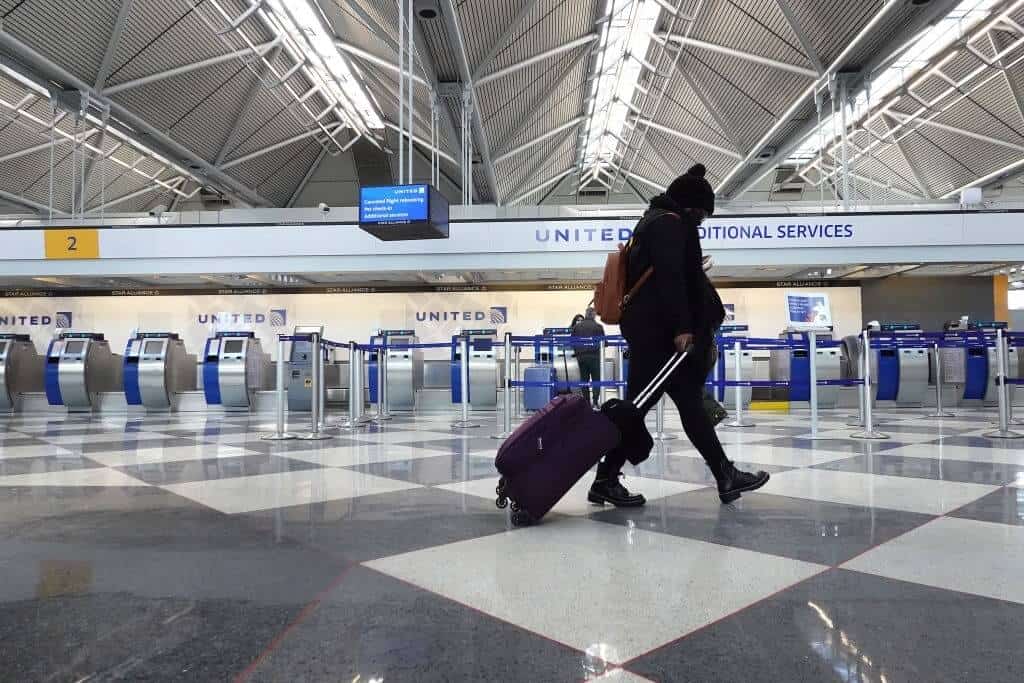Changes In the United States’ International Travel Laws
Nikki Attkisson | Last Updated : November 9, 2021According to the Centers for Disease, restrictions on foreign visitors from countries such as China, Brazil, South Africa, India, the United Kingdom, and much of Europe have been shifted to focus on immunization status for more than a year and a half Control and Prevention. Monday marks the end of travel bans imposed on citizens of certain countries. To enter the United States, international visitors must be immunized, with certain exceptions. People who have been vaccinated will also be able to cross the US border with Canada and Mexico. Travels between Canada, Mexico, and the United States via land are more common than flights.
Changes In The United States’ International Travel Laws
According to the administration, the government’s declared goal is to reestablish more frequent travel while simultaneously limiting the spread of COVID-19. Countries’ restrictions on foreign travel have been opposed by the tourist sector and its European allies. Europeans have been urging the United States to rethink its policy on American travel to Europe for some months now. More than half of the estimated 79 million visitors to the United States in 2019 were from Europe before the outbreak.

In order to enter the United States as an adult, travelers from foreign countries must have all of their vaccinations up-to-date before they board their plane. A negative COVID-19 test taken within 72 hours of a traveler’s arrival in the United States will still be necessary, as it was previously. There are several prominent exceptions. Immunization is not required for children under the age of 18. However, they must be screened for COVID. Testing is not necessary for children under the age of two. According to the Biden administration, half the world is still unvaccinated, and the distribution of vaccines has been skewed toward richer countries. Those who live in these places will be able to benefit from this loophole. More than half of the countries on this list have vaccination rates of less than 10%. Travelers from some countries will need official permission to enter the United States, and their visit cannot be solely for tourism or business reasons.
Unvaccinated foreign visitors may be allowed into the United States in the event of a humanitarian or emergency circumstance, such as an urgent medical evacuation. There will be “extremely limited” exceptions, and the Centers for Disease Control and Prevention must provide their prior clearance. Medical exemptions may be given if a doctor presents the right documentation. To enter the nation, Americans who have not been vaccinated must provide proof of a negative COVID-19 test within one day of their arrival. You must have a flu vaccine and have a flu test done within three days of your departure in order to travel overseas. Americans and people from other nations alike may benefit from this advice. This limitation does not apply to domestic flights.
Carriers have complete control over this. A fine of $35,000 per infringement might be imposed if they don’t verify immunization records and match them to their identity. Airlines will also collect data on passengers to help in the tracking of missing persons. People in the United States will have CDC inspectors confirming their compliance on the ground. The vaccines made by Pfizer, Moderna, Johnson & Johnson and AstraZeneca and Sinovac in China have all been approved for emergency use by the World Health Organization as having been given a COVID-19 immunization.
With over 15 years as a practicing journalist, Nikki Attkisson found herself at Powdersville Post now after working at several other publications. She is an award-winning journalist with an entrepreneurial spirit and worked as a journalist covering technology, innovation, environmental issues, politics, health etc. Nikki Attkisson has also worked on product development, content strategy, and editorial management for numerous media companies. She began her career at local news stations and worked as a reporter in national newspapers.
